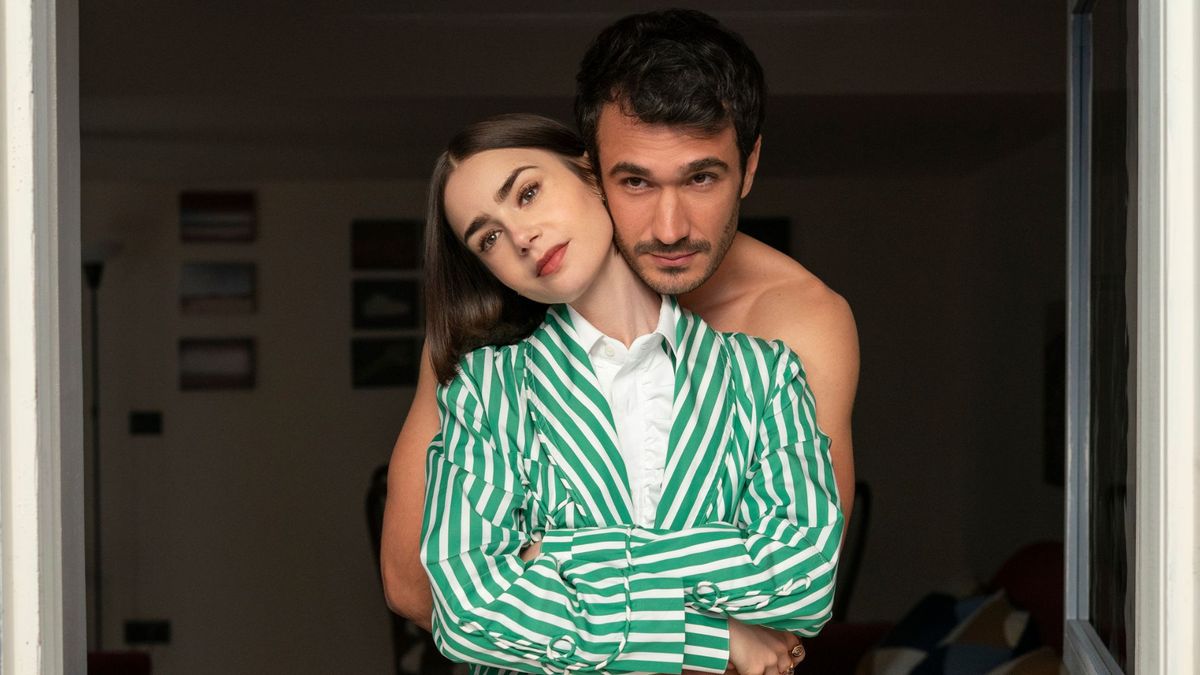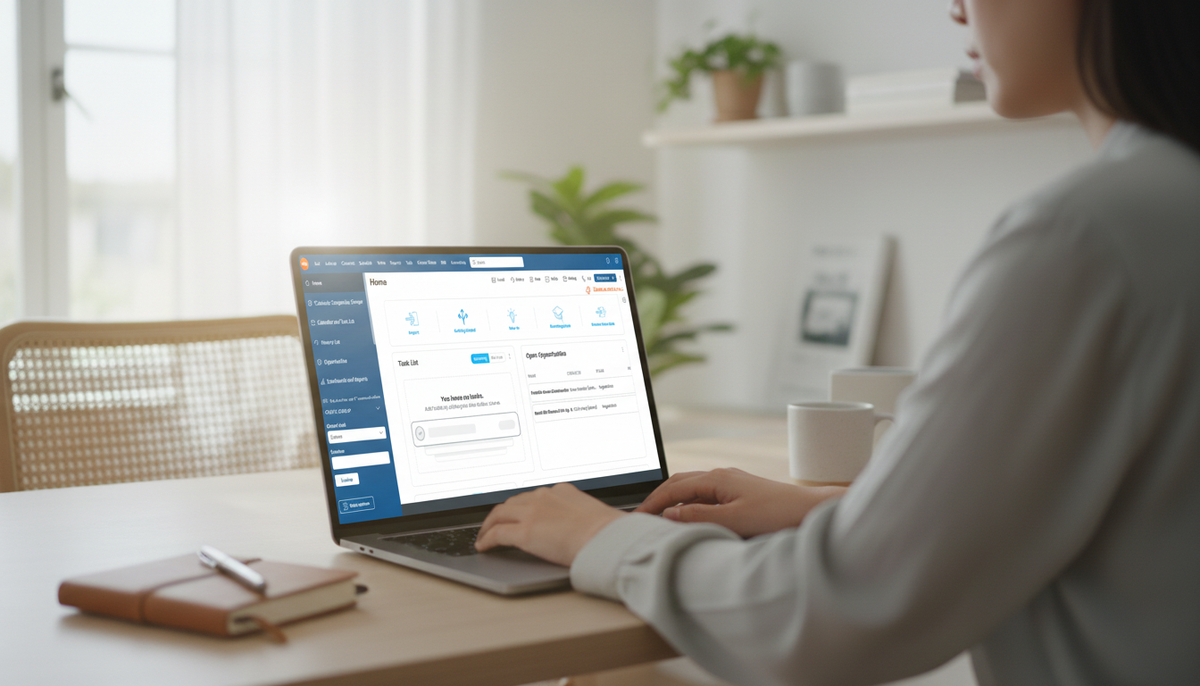Few things have a bigger impact on how well we handle daily life than the amount and quality of sleep we get. Tech has a bad reputation as a sleep destroyer, and deservedly so. Blue light, doomscrolling, incessant notifications are not conducive to a restful night. But there are some gadgets and apps out there that might actually help you get better shut-eye — and we’ve tried a bunch of them. From a tiny sleep tracking ring to a high-tech mattress, here’s the best sleep tech we’ve tried that actually worked for us — and will hopefully work for you too.
Personally, the best thing I’ve done for my sleep is banishing my phone from the bedroom, so it may seem ironic to add a smartphone app to this list. Headspace, however, has the opposite effect on sleep that social media does. Like the Hatch Restore, this iOS and Android app has an extensive library of meditations and exercises to help you relax and fall asleep.
I prefer the shorter, wind-down segments that last a few minutes and help you do a full body scan to relax. Longer “Sleepcasts” run around 45 minutes and tell you stories in calm voices – there are even a few Star Wars-themed tales, but those just made me want to get up and watch more Mandalorian. Sleep music and soundscapes combine ambient sounds with tones and melodies, lasting up to 500 minutes. And perhaps most critically, there’s a “Nighttime SOS” page, with guided exercises to help you get back to sleep if you wake up with bad dreams, work stress or something else.
The yearly subscription is $70 or you can pay $13 a month. In addition to sleep content, you also get daytime meditations and sessions that help you breathe, manage stress and focus, which can also help with sleep. If you do decide to bring Headspace into the bedroom, make sure you have your phone’s sleep focus or bedtime mode turned on before you do, otherwise nighttime spam emails and Messenger alerts will undo all of the good work your sleep app just rendered.
If you don’t want a wearable at all, the Sleep Pod 3 from Eight Sleep will track your metrics and give you a sleep score. It also heats or cools your side of the bed and wakes you up with a subtle rumble beneath your chest. The mattress-and-cover combo goes for between $3,000 and $4,400, depending on the size and thickness of the mattress, which puts it well above any traditional wearable in terms of affordability. The bulk of the cost is in the cover, which conceals tubing through which warm or cool water flows from an external base, regulating the temp, while sensors in the cover monitor your sleep.
You can buy the cover alone and that will save you between $900 and $1,900 off the sticker price, but it’s still not cheap. You’ll also need a $19 per month subscription to access all the sleep tracking features. But in our review, with a score of 81, our reviewer (and new dad) Sam Rutherford said the Pod 3 has delivered some of the best sleep he’s ever had.
Deciding which smartwatch you should get will probably depend on more than just sleep-tracking abilities, but if you’re in the market for a reliable Android companion that comes with in-depth sleep data, Samsung’s Galaxy Watch 7 is a good pick. When I reviewed it, I was impressed by both the accuracy of the sleep detection and the AI-fueled suggestions for better sleep. After about a week of sleeping with the watch I was awarded a sleep animal that characterizes my sleep style and each morning I get a daily Energy Score that takes activity and sleep data into account and recommends how to best approach the upcoming day. It can also detect sleep apnea after a few nights of wearing the watch. While I didn’t find the watch to be immediately comfortable, after a few days of wearing it, it started to feel much less cumbersome and I hardly noticed I was wearing it.
The Galaxy Watch 7 is also a great workout companion — and getting more exercise is one of the best ways to sleep better. It tracks about 90 workouts the watch can track and quickly auto-detects a few of them including walking, running and swimming. Samsung’s health app is colorful and easy to navigate — I even found I liked it better than Apple’s version.
I reviewed the Restore 2 last year and found it to be an effective bedside companion. The company recently came out with an updated version, the Hatch Restore 3. The new model looks fairly similar to its predecessor but adds more onboard controls including a rotating knob on the top. The audio quality also got a boost with upgraded speakers, but the overall concept is the same: a fabric-covered half-dome that’s part sunrise alarm clock, part sleep-sounds speaker.
You’ll use your phone to program your sleep and wake routines, but after that you can banish your smartphone to the other room at night, where it belongs. The content you can choose from is vast, drawing from a continually updated roster that includes sleep stories, meditations, music and white noise to help you get to sleep. There’s also a good selection of wake-up pep talks and stretches to get you energized in the AM. The catch is that only a small portion of the library is included with the free version — full app access costs $5 per month. When I reviewed the device, I thought I’d pay for the duration of my testing and then cancel. But many months later, I’m enamored enough of the nighttime “Ambient Overlook” tunes and Dane’s morning “Jump Start” that I’m happy to keep paying.
If you find wearing a smartwatch to bed too uncomfortable, but still want to track your sleep metrics, you might prefer a smart ring. After testing it out, we think the Oura Ring 4 is the best smart ring on the market. Since it doesn’t have a screen, all of Oura’s information comes to you via the companion app. That lack of screen is also the reason you can squeeze up to seven days of battery life out of it, an important feature since no sleep tracker can help if it has to spend its nights on a charger.
The Oura Ring 4 tracks your activity during the day and your sleep at night (or whenever it is you go to bed), giving you an overall score from one to 100 each morning. Using temperature, movement, blood oxygen and pulse sensors, Oura gains insight into how long you stay in the various sleep stages and uses that sleep data to offer suggestions on ways to get better sleep. Engadget’s Daniel Cooper tested out the previous generation ring as well as the Oura Ring 4. The new model comes with improvements like double the number of signal pathways to better gather data and an improved algorithm to pull that data more efficiently.
The Wiim Wake-up Light is also a sunrise alarm and noise machine, but it’s cheaper than the Restore 3 and doesn’t require a subscription. The rounded design has a high-gloss finish instead of the more muted aesthetic on the Restore. As a sleep machine, the Wiim gives you about four dozen sounds including naturescapes, music and white/pink/brown noises.
It’s also a smart speaker, so it can tap into music services like Spotify, Deezer, Tidal and others. Alexa is built in and, though I prefer to keep listening devices out of my bedroom, it’s pretty nice to ask for the PJ Harvey song that’s stuck in my head or request the weather forecast as I get dressed. The on-device buttons can be a little confusing and I wish there was a way to set a podcast or an individual track to work as the alarm, but the provided sounds combined with the slowing-brightening light are a pleasant way to start the day.
We think Philips Hue White + Color are the best smart light bulbs you can buy, and certain features can even help with sleep, such as programming them to change to a warmer color when it's getting close to bedtime. You not only get a subtle hint that it’s time to wind down, but the warmer tones have lower levels of sunlight-mimicking blue light and can help your brain prepare for sleep. You also have the ability to control them using your voice, so instead of getting out of bed to shut off the lights, you can ask Alexa or the Google Assistant to do it for you.
Speaking of blue light, it’s not great for sleep. But the habit of staring at screens isn’t going anywhere, which is why blue light-blocking glasses exist. I’ll admit I first thought they were a gimmick, but have since come to rely on the pair I bought from Felix Gray. The science seems to check out and do I notice a difference with my sleep quality and patterns when I wear them versus when I don’t. I initially only wore them in the evening hours, when I was working past 5PM or otherwise still using my computer. Now I wear them basically all day because I feel like they help my eyes feel far less tired. They come with or without your prescription and in enough styles to make them your own.
While blue light is bad before bed, any type of light hitting your eyelids can keep you from reaching those deeper levels of REM sleep. Along with blackout curtains and shutting off the nightlight, we recommend this sleep mask from Manta. There are a ton of sleep masks out there, but Engadget's Igor Bonifacic finds this one to be better than the rest and recommends it for travelers in our guide. It has removable, repositionable eye cups for a customized fit and they stand up to their claim of blocking out 100 percent of ambient light. You can also buy additional eye cups that you can microwave to provide a warming effect, or eye cups wrapped in silk that will be gentler on your skin and others.
You’ve probably met someone who swears by their weighted blanket. Our colleague Nicole Lee is one of them. As someone plagued by insomnia, she finds she’s “nodding off faster and staying asleep longer” with the Bearaby weighted blanket and recommends it as one of our top self-care gifts. Unlike other weighted blankets that are filled with glass or plastic beads, Bearaby comforters are hand-knit from a heavyweight cotton, Tencel or eco-velvet, looking more like enormous scarves than a bland sleep aid.

 9 months ago
66
9 months ago
66








 English (US) ·
English (US) ·